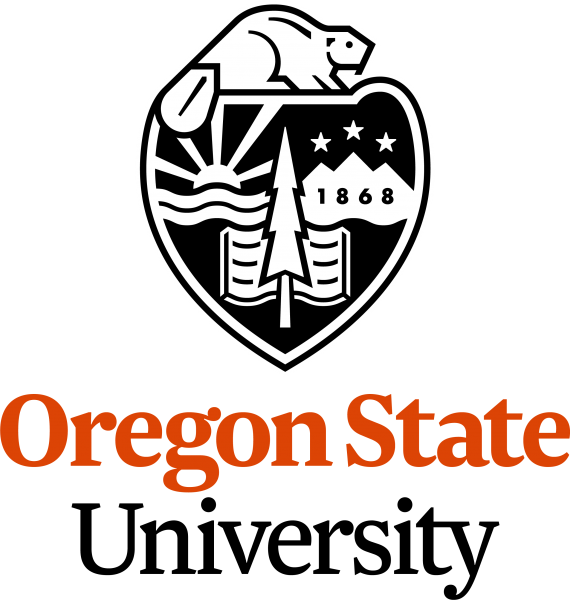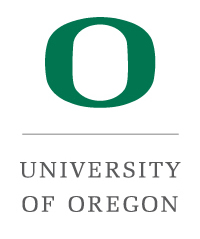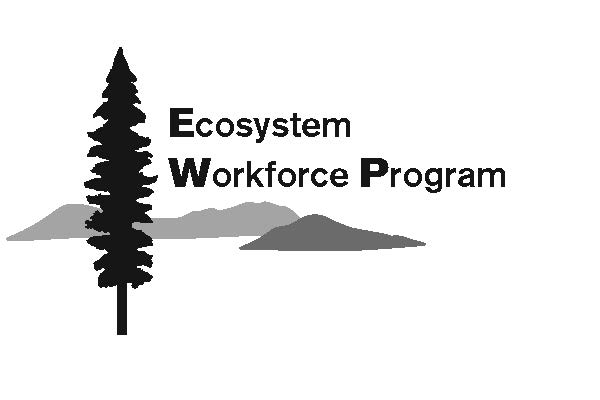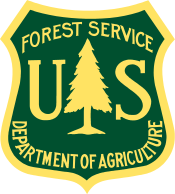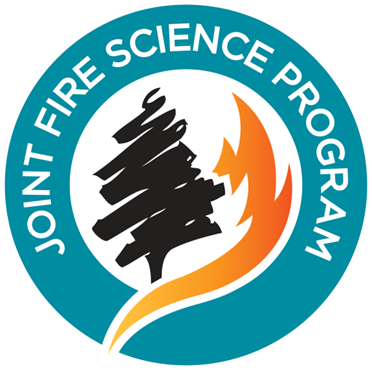Publications Library
. Wildland fire limits subsequent fire occurrence International Journal of Wildland Fire. 2015;Online early.
. Assessing the quality of forest fuel loading data collected using public participation methods and smartphones. International Journal of Wildland Fire. 2014;23. WF13173.pdf (361.79 KB)
WF13173.pdf (361.79 KB)
. Beyond reducing fire hazard: fuel treatment impacts on overstory tree survival Ecological Applications. 2014;24(8). Available at: http://dx.doi.org/10.1890/14-0971.1 .
. California Spotted Owl, Songbird, and Small Mammal Responses to Landscape Fuel Treatments BioScience. 2014;64(10).
. Effectiveness of fuel treatments for mitigating wildfire risk and sequestering forest carbon: A case study in the Lake Tahoe Basin Forest Ecology and Management. 2014;323.
Fire behavior in masticated fuels: A review. Forest Ecology and Management. 2014;314.
. Fuel treatment prescriptions alter spatial patterns of fire severity around the wildland-urban interface during the Wallow Fire, Arizona, USA. Forest Ecology and Management. 2014;318:11. Fuel treatment prescriptions alter spatial patterns of fire severity around WUI during the Wallow fire.pdf (2.01 MB)
Fuel treatment prescriptions alter spatial patterns of fire severity around WUI during the Wallow fire.pdf (2.01 MB)
. How risk management can prevent future wildfire disasters in the wildland-urban interface. USDA Forest Service, Rocky Mountain Research Station; 2014. Available at: www.pnas.org/cgi/doi/10.1073/pnas.1315088111. PNAS Calkin Final.pdf (686.46 KB)
PNAS Calkin Final.pdf (686.46 KB)
. The influence of experimental wind disturbance on forest fuels and fire characteristics Forest Ecology and Management. 2014;330. Available at: http://www.srs.fs.usda.gov/pubs/46459.
. Integrating Social, Economic, and Ecological Values Across Large Landscapes. ().; 2014. Available at: http://www.treesearch.fs.fed.us/pubs/47219. pnw_gtr896.pdf (8 MB)
pnw_gtr896.pdf (8 MB)
. Modifying the Canadian Fine Fuel Moisture Code for masticated surface fuels International Journal of Wildland Fire. 2014;Online early. Available at: http://dx.doi.org/10.1071/WF14041.
. Vegetation Recovery and Fuel Reduction after Seasonal Burning of Western Juniper Fire Ecology. 2014;10(3).
. Wildland fire emissions, carbon, and climate: Modeling fuel consumption. Forest Ecology and Management. 2014;317.
. Current status and future needs of the BehavePlus fire modeling system. International Journal of Wildland Fire. 2013;On-line early.
. Effects of salvage logging and pile-and-burn on fuel loading, potential fire behavior, fuel consumption and emissions. International Journal of Wildland Fire. 2013;on line early.
. A Land Manager's Guide for Creating Fire-resistant Forests. Oregon State University Extension & the Northwest Fire Science Consortium; 2013:14. A Land Managers Guide for Creating Fire-resistant Forests .pdf (1.84 MB)
A Land Managers Guide for Creating Fire-resistant Forests .pdf (1.84 MB)
. Optimising fuel treatments over time and space. International Journal of Wildland Fire. 2013;On-line early.
. Pre-wildfire fuel reduction treatments result in more resilient forest structure a decade after wildfire. International Journal of Wildland Fire. 2013;On-line early.
. Pre-wildfire fuel reduction treatments result in more resilient forest structure a decade after wildfire International Journal of Wildland Fire. 2013.
. Building a Citizen-Agency Partnership Among Diverse Interests: The Colville National Forest and Northeast Washington Forestry Coalition Experience. Portland, OR: US Department of Agriculture, Forest Service, Pacific Northwest Research Station; 2012:16. Available at: http://www.fs.fed.us/pnw/pubs/pnw_rp588.pdf.
. Characterizing Fire-on-Fire Interactions in Three Large Wilderness Areas. Fire Ecology. 2012;8(2):25. Available at: http://fireecology.org/docs/Journal/pdf/Volume08/Issue02/082.pdf.
The Effects of Forest Fuel-Reduction Treatments in the United States. BioScience. 2012;62(6):12. Available at: http://www.fs.fed.us/psw/publications/fettig/psw_2012_fettig001%28stephens%29.pdf.
Estimation of Wildfire Size and Risk Changes Due to Fuels Treatments. International Journal of Wildland Fire. 2012:11. Available at: http://www.fs.fed.us/rm/pubs_other/rmrs_2012_cochrane_m001.pdf.
Fourmile Canyon Fire Findings. Fort Collins, CO: US Department of Agriculture, Forest Service, Rocky Mountain Research Station; 2012:110. Available at: http://www.fs.fed.us/rm/pubs/rmrs_gtr289.html.
. Fuel Treatment Effectiveness in California Yellow Pine and Mixed Conifer Forests. Forest Ecology and Management. 2012;274:12. Available at: http://www.sciencedirect.com/science/article/pii/S0378112712000898.

